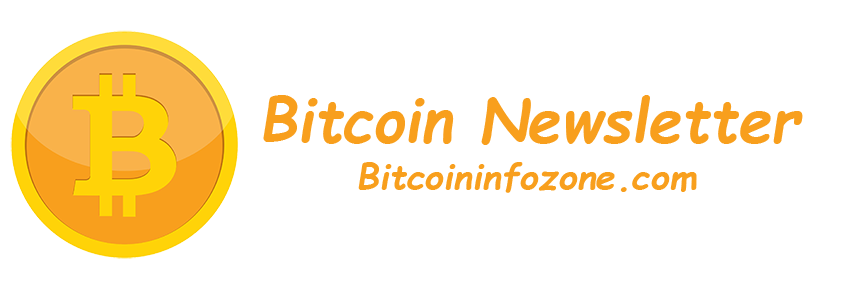Staying the Course in Remittances and SME Payments

With the dramatic shifts in the global economy, digital payment services are playing an increasingly critical role for people worldwide. Today’s crisis highlights the need for the digitization of cash, access, speed and reliability—especially for those sending money home to loved ones.
Across the globe, digitalization has increased rapidly: as much as 80% in Italy, for example. Global digital payment growth is accelerating too, with e-transactions increasing over 40% and digital remittances spiking for several payment providers, including Western Union and MoneyGram International.
Digitization of global payments can’t come soon enough. The underlying infrastructure is siloed and complex, leading to significant delays and high transaction fees. To speed up this process, financial institutions pre-fund accounts in destination currencies—but this is a costly endeavor that ties up assets and exposes companies to currency risk.
Now more than ever, financial institutions need RippleNet’s On-Demand Liquidity (ODL) service to provide instant global payments and meet market demand. Sending cash payments requires more working capital and resources than digital payments. Because the digital asset XRP can be sent directly, instantly and cost effectively, without needing a central intermediary, XRP eliminates the additional costs associated with sending cash payments and can be used as an alternative to pre-funding. As a bridging tool in ODL, the greater the liquidity of XRP, the less cost and risk in each transaction.
ODL’s benefits for eliminating pre-funding are especially important during times of crisis due to the exposed risk and increased volatility. In the early months of the global crisis, currency volatility skyrocketed, with the MXN peso devalued at more than 20% against the USD, for example.
Ripple is able to alleviate the stress caused by pre-funding for our customers, enabling instant cross-border payments for consumers. They see the benefits of ODL as critical to their business—both maintaining and growing market share.
So, while the world changes around us, Ripple is staying the course. We are continuing to focus on supporting low-value, high-frequency payments with ODL—though transaction volume may look different in this new world.
In particular, we are reducing emphasis on large treasury payments—which are traditionally used to fund businesses and services in the absence of real-time transfers—to support individual, low-value transactions, addressing the growing need in remittances and SME payments. This may reduce overall ODL transaction volumes.
Still, because the benefits of ODL are so compelling for enabling the future of global payments, we anticipate businesses will support even more transactions than ever before on RippleNet, and new additional connections on the network will take shape.
Ripple is on track to open new ODL corridors this year and we’re onboarding new customers and working with existing customers to ramp up ODL volume in important corridors including USD-MXN, USD-PHP, AUD-USD and PHP, and from EUR-USD.
Businesses everywhere are adapting to the new “norm”. Yet, uncertainty remains a constant and Ripple is here for our customers and their customers. People shouldn’t have to worry when sending money abroad. Together, we can ensure that people everywhere have continued access to these services—instantly, reliably and affordably.
If you’re a financial institution interested in learning more about RippleNet’s ODL service and its benefits for eliminating the need for pre-funding, we want to talk.
